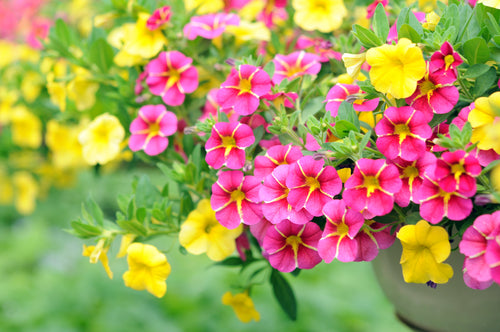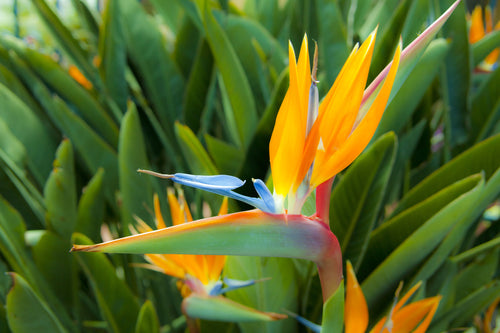As the snow melts, many of us are finding unattractive patches of what appears to be white or pink, almost fine spider webbing, across our lawns. Whenever you see any of these characteristic round circular patches on your lawn with that bleached-looking, fine strand cover, it is almost certainly snow mold. There are two types of snow mold- pink and gray snow mold, and these can be distinguished by color.
Snow mold is a fungal disease that occurs underneath thick blankets of snow and becomes visible when the snow cover melts. Despite freezing outdoor temperatures, conditions underneath the snow cover are ideal for the growth of cold temperature fungal diseases-, high humidity, cold temperatures above freezing, and ample moisture. Once the mold becomes visible the damage has already been done for the most part.
What causes snow mold? Compaction of snow; winters with high snowfall, the underlying layer of snow not being frozen; big piles of snow, and your lawn going into winter being long and unmown. To prevent future mold problems, try to avoid compacting snow (use alternate walking routes), and be aware that giant snow piles will exacerbate the problem. Dethatching your lawn, removing any leaf litter, and cutting it short at the end of the growing season will help reduce moisture levels and thus prevent mold occurrence.
Fortunately, the damage caused to lawns is often largely aesthetic, and the mold will naturally disappear as temperatures rise and the ground dries. Lightly raking the dead plant material out of patches will help reduce moisture and increase air flow, but be sure to allow the ground to dry sufficiently before walking on it. If the grass does not recover reseed any bare patches early in the season.
Generally the use of fungicides is not necessary for the treatment of snow mold, but if you would like to hear about organic fungicide options, please come and speak to one of our specialists at our Plant Help Desk.









